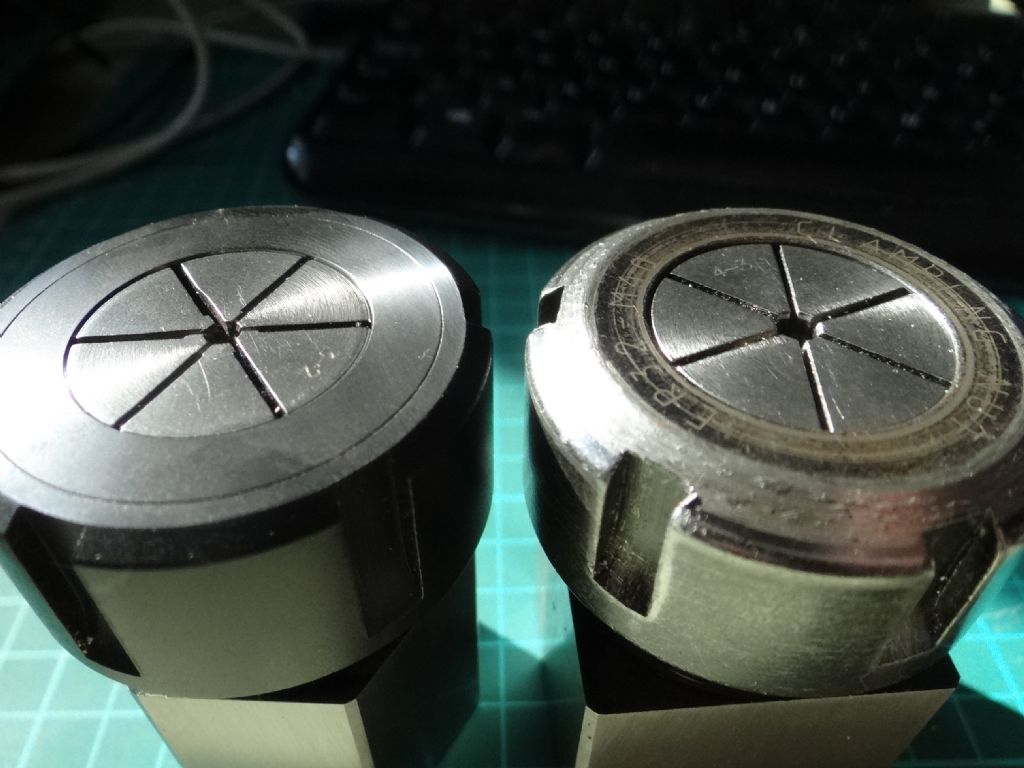Why bother with collets if you already have 3-jaw and 4-jaw chucks you might wonder?
I use 3 and 4-jaw chucks for almost everything I turn, which mostly needs not be highly accurate. My problem with both chucks is resetting work. Say you turn a rod to size, part-off, and then have to reverse the rod to work on the other end. It's very unlikely that a 3-jaw will grip in the same way so the new cuts won't be coaxial with the original. A 4-jaw can be set to get the original axis back but it's a time-consuming fuss, especially if the workflow requires the chuck to be reset repeatedly.
Collets may be a better solution whenever round work comes on and off the lathe. Provided the collet-chuck is running true, work can be removed and replaced without losing accuracy, even when fitted into a different sized collet. Also work held in a collet can be accurately transferred between collet chucks on different machines. Even if moving isn't a consideration, collets may be a better choice for accurate work because they have lower run-out than a 3-jaw chuck.
As always the use you would get from collets depends on the type of work you're doing. I don't use collets on my lathe very often, others use them all the time. In my workshop they're a luxury rather than essential, simply because of the limited range of work I do.
One disadvantage with ER series collets rather than, say 5C, is the ER clamping nut protrudes a few mm beyond the flat collet face making it awkward to get very close – if that matters. I already had ER collets on my mill and felt the benefit of sharing the same collet system with my lathe outweighed this slight disadvantage.
Dave
Edited By SillyOldDuffer on 21/10/2018 13:44:21
 Neil Wyatt.
Neil Wyatt.





